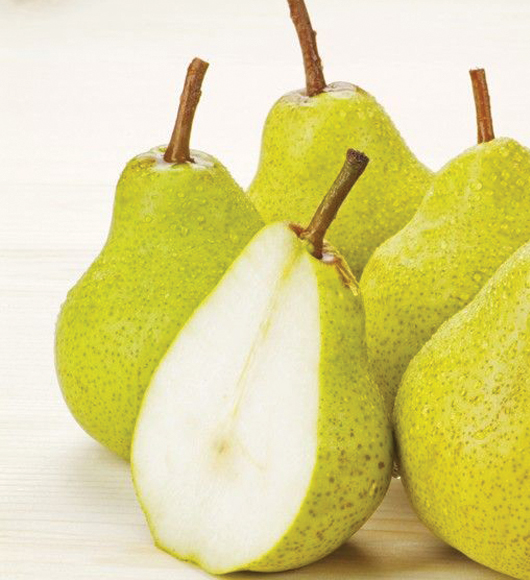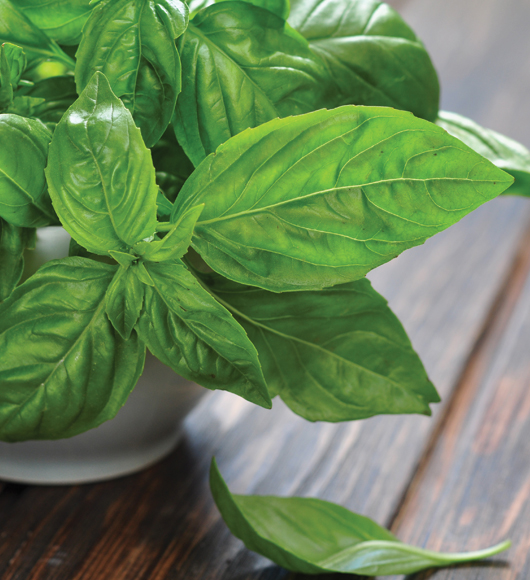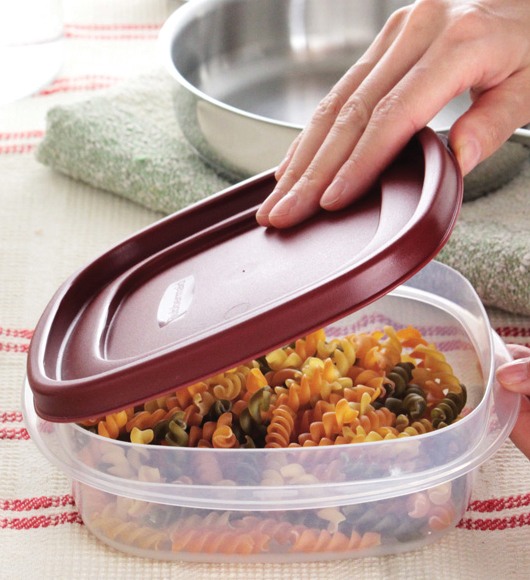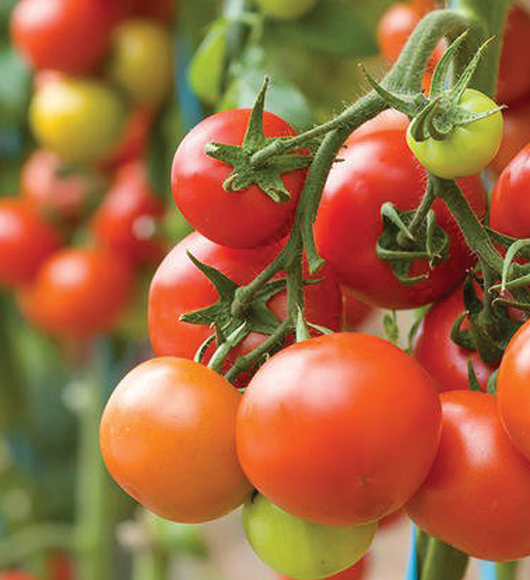
Ripening Pears
Submitted by Colette Parry
Pears can be among the most delicious and versatile tools in your cooking arsenal, but judging proper ripeness is essential to their flavor and texture. Unripe pears may adversely affect cooking times and temperatures, or simply taste unpleasant if prepared raw for a salad.
For Homegrown Pears
Don't let them ripen on the branch - many perfectly good pears drop before they are fully ripe. Once the pear is nearly ready to drop (a gentle lifting motion should be enough to separate the fruit from the stem), pick it, rinse it, and let it ripen in a paper bag. This can take anywhere from one to three weeks, depending on which cultivar your pear belongs to (Anjou, Bartlett, etc) and how ripe the pear is when it's picked.
When ripe, the flesh at the stem end of the fruit should give a little under pressure and the uncut fruit should smell noticeably sweet. If you are using a green pear cultivar, the skin should be at least a little yellowed. If you are using a red pear cultivar, the skin should have brightened from a darker plummy red to a more crimson hue.
For Store-Bought Pears
Select medium-large fruits with undamaged skins. If buying from an organic farmstand, check around the stem and the base of the fruit for insect eggs. Rinse before ripening. Depending on the state of ripeness the fruit is in, ripening may take longer or shorter than homegrown pears.
The same criteria of ripeness apply as listed above.



